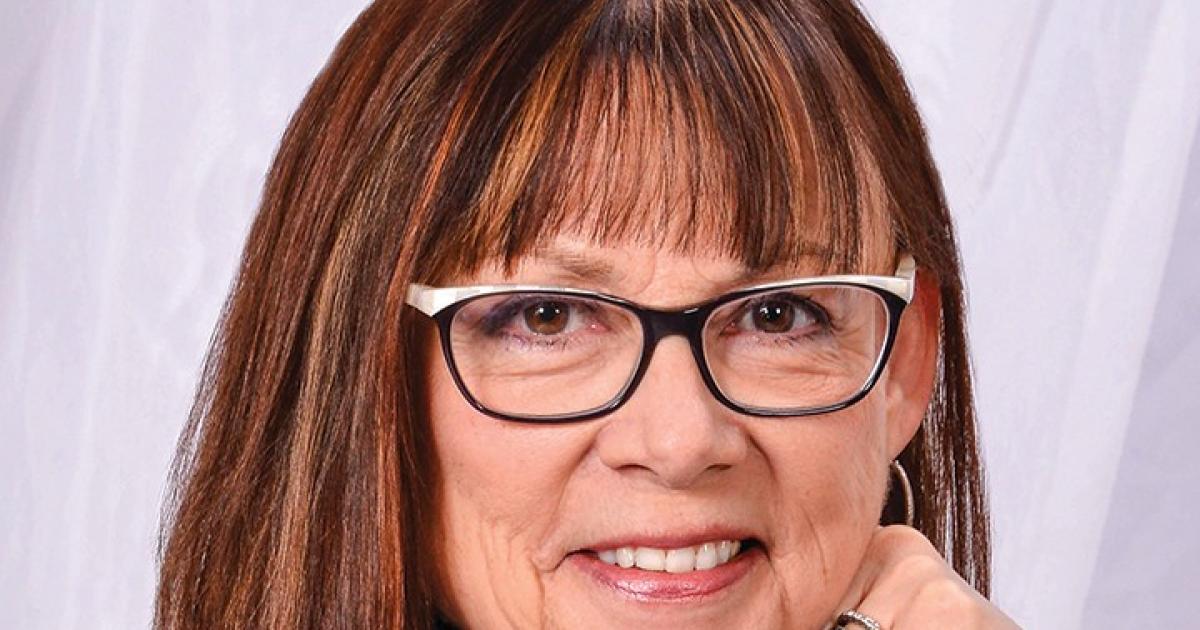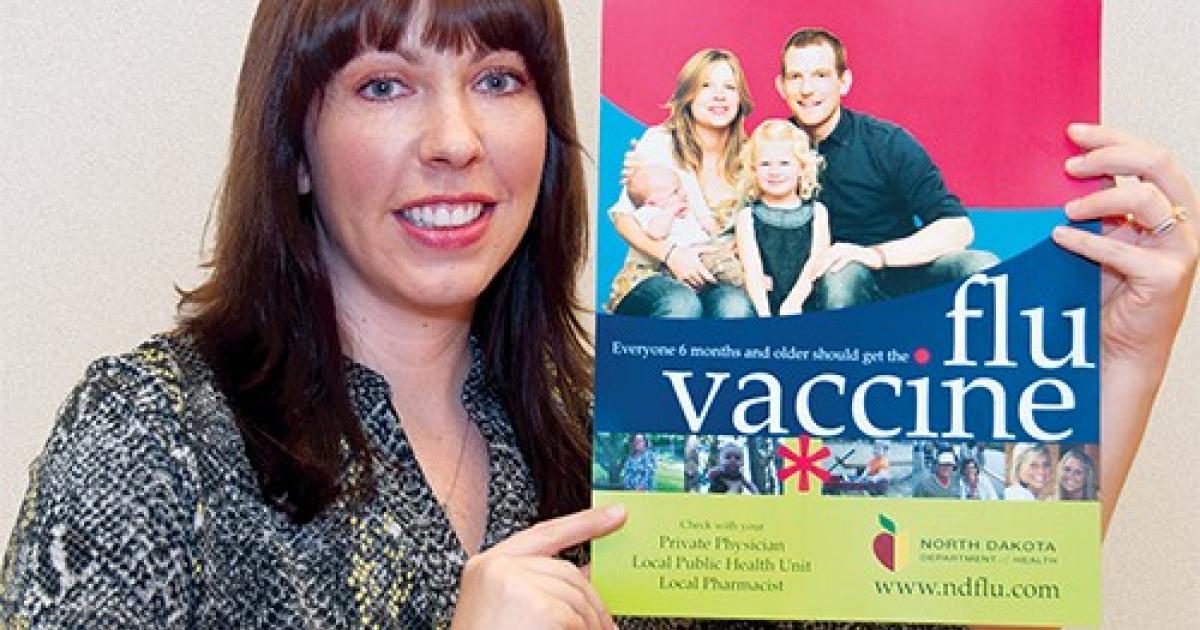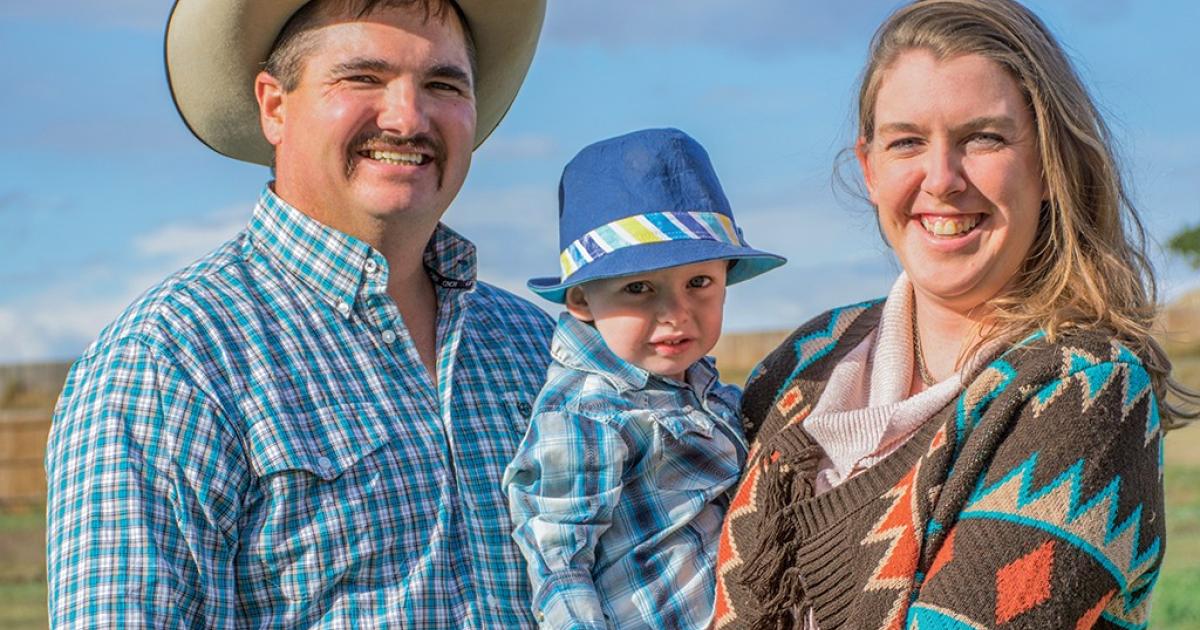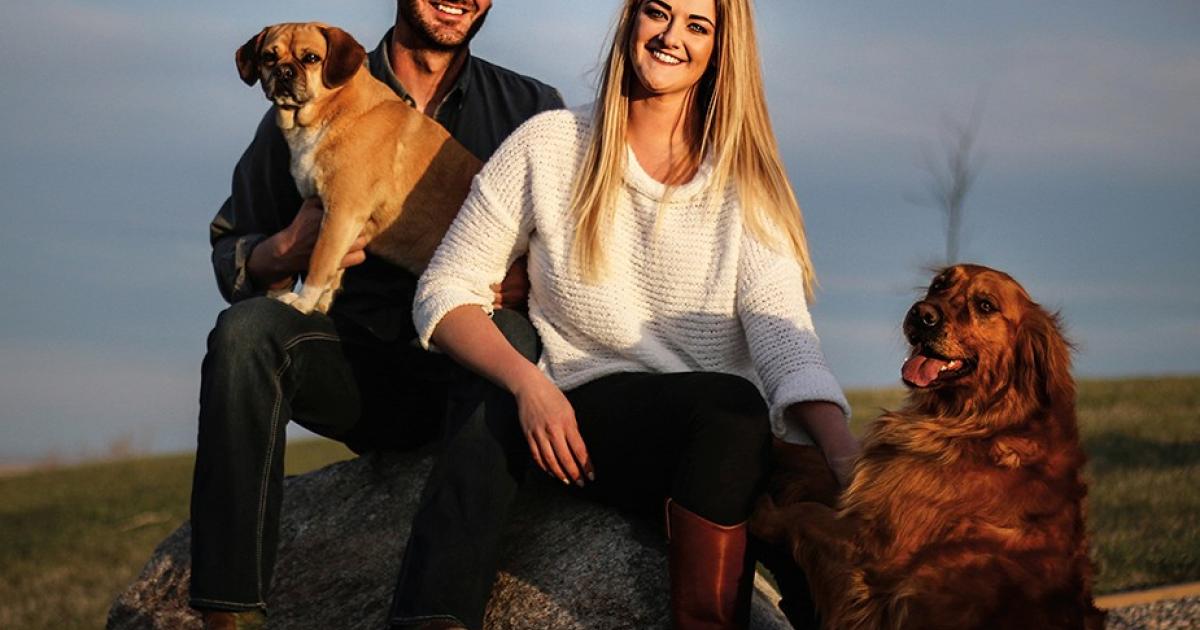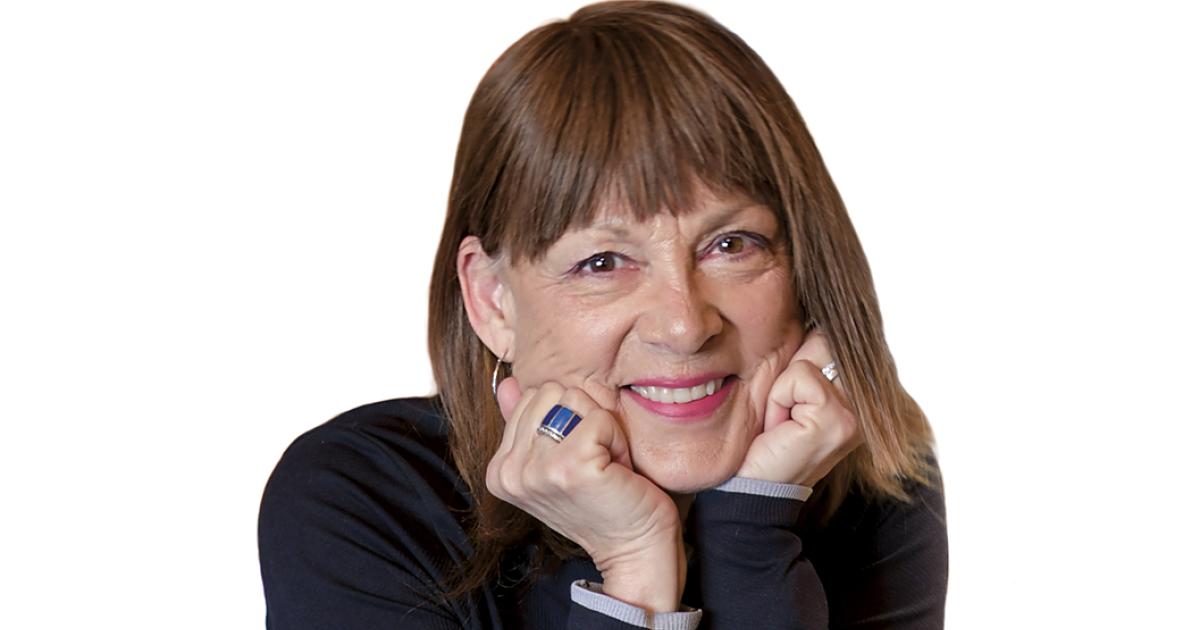I walked into what seemed to be the back door of the thrift store warehouse and stopped in my tracks. There was a “mountain” of garbage bags. They were stacked almost to the ceiling of the humongous building and cascaded into a small pile ending almost at my feet on the opposite side of the building.
Holding a cardboard box, I simply stood and stared. A worker approached. “Can I help you?”
My eyes darted toward the garbage-bag mountain. “What is that?” I asked.
“Clothing,” he replied. “You can set your box here.” He motioned to a nearby table I hadn’t even noticed.
I made several trips to my car and back, carrying my discarded treasures. I was thankful I had no clothing to pass along. Obviously, they had more than enough.
It had taken me several years to sort through all my mother’s things after she passed away. Completing that emotional (and monumental) task had motivated me to start going through my own accumulation. I’d come to realize that most belongings are just “stuff.” Many of the items no longer held meaning for me. My tastes had changed. I couldn’t remember the origin of many of the items in the first place. I’d become aware that what held so much value to my mom meant not so much to me. Her treasures weren’t mine. And thus, much of what I thought was precious would probably not interest my daughters in the slightest when they were the ones doing the sorting and sifting.
I enrolled in an online course on simplifying and minimizing. Each week, assignments told me which areas of my house to tackle, how to decide what to keep or what to toss or donate, and how to navigate murky waters when it came to emotional attachments to “things.” It’s not a cut-and-dried science, but suggestions and support from the online group made it easier to make decisions. At least I wasn’t the only one paralyzed by what to do with expensive décor that my mom loved, and neither I nor my sisters wanted.
As I weeded through gifts given to me from childhood to adulthood, I often took photos and texted my two daughters, “Either of you want this? Or, this?” Invariably, the answer was, “Sorry, no.” Their answers were proof that most of the “stuff” I’d been saving had no value to anyone but me. And even I didn’t like it much anymore.
Through it all, that mountain of discarded clothing kept going through my mind. How much “stuff” was there in North Dakota? Another thrift store where I often donate has given up the “indoor mountain” of clothes and has parked the trailer of a semi truck next to the warehouse. Any clothing goes straight into the trailer. I asked, “What happens to that?” I was told, “Most of it gets shipped off to recyclers.” In other words, most of it gets shredded and used for who knows what?
Again, I imagined the thrift stores in the state of North Dakota alone. If every one of them had an equal-sized mountain of clothes, what in the world did that say about our consumerism and values? We buy, wear, donate and buy more. What fuels our need to accumulate? The media? Keeping up with the neighbors? Feelings of insecurity if we aren’t wearing the latest styles? I haven’t figured it out, but I do know I don’t want to participate in it any longer.
I carefully went through my clothes. Old clothing was easy to put in the donate pile, but my nicer clothes – pieces that were expensive but rarely worn – were harder to part with. How could I possibly put them in a garbage bag and throw them on the mountain? Then, I hit upon a solution.
I packed all my nicer clothes separately and gave them to a domestic abuse shelter. Many women leave home with only the clothes on their backs. I had a set of nice dishes I never used anymore, so I packed those, too. I found someone who delivers items to the shelter and sent them on the way.
Imagine my delight when I received a handwritten note, thanking me for the nice clothing and dishes. I got the impression most of the donations they get are old items, kind of shabby, given with the idea that certainly “someone” would be grateful for them. But, how much worthier would someone starting over feel with “nice” things to begin again?
That note I received changed my mindset on donations. Rather than wait (for what?) to get rid of things, I now regularly pull items from my shelves and closet, knowing there is a place where they will be welcome and valued. I no longer feel guilty. Instead, I feel glad to be able to give.
I’m no saint. I still shop and buy, but with more restraint than I used to have. And if I bring something home and soon find it’s a piece I’m not going to wear much, it goes onto the donate pile. The “good” one.
I’ve come to know that what I want to leave behind for my kids, grandkids and friends is not “stuff.” It’s memories of times spent together – a remembrance of character, morals, faith, laughter and love. Not stuff-stuff. Heart stuff.
Roxanne (Roxy) Henke lives in rural North Dakota with her husband, dog and a little too much stuff. But, she’s working on it. She is the author of eight novels. You can contact her at roxannehenke@yahoo.com.


